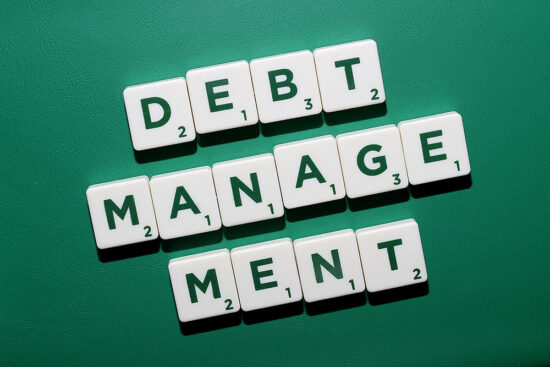
Paying off debt generally takes a significant amount of discipline. Usually you will have to take money that you usually use to go out to the movies or dinner or pay for your nails to get done and use it to pay off your debt. It isn’t fun but it is definitely worthwhile. The money you will free up each month and each year will open a new window of opportunity for you and your finances. One way you may be able to pay off your debt quickly is using something called the snowflake method.
Snowflaking Debt
“Snowflaking debt” is when a person takes any extra money (unexpected money and gifts included) and they put that cash towards paying off their debt. It is called snowflaking your debt because you are putting that money towards paying your debt in addition to your monthly payment (like a layer of snow on top of your regular payment). Melissa from the blog Mom’s Plans successfully snowflaked more than $3,000 of her debt. She said that the key to being successful at the Debt Snowflake Challenge is to apply this additional money to your debts immediately, “so you don’t have the opportunity to spend it.”
Now that we know what it means to snowflake debt, what is the Debt Snowflake Challenge?
What is The Debt Snowflake Challenge?
Taking on the Debt Snowflake Challenge means that you will now be taking a proactive approach to paying off your debt. You’ll be paying your monthly payments, as usual, but you will also be finding ways to make extra money to put towards your debt repayment. This may mean that you take on a second job, begin to have yard sales or sell items on sites like eBay, Craigslist and Amazon.
How to Perform The Debt Snowflake Challenge
Taking on the Debt Snowflake Challenge is no small task. You will be agreeing to take the bull by the horns and make paying off your debt a priority in your life as a whole. To get started you will want to get these items in order:
- Stop opening new lines of credit. Before you take on the Debt Snowflake Challenge you will have to stop accruing debt. It will be nearly impossible to pay off all of your debt if you continue to swipe your credit card for daily purchases. Put your credit cards away and stay away from credit applications until you’ve finished the challenge and paid off your debt.
- Set a goal. Once you’ve made up your mind that you will no longer be using credit cards or tacking on any unnecessary debt to your repayment efforts, you need to set a goal. The end goal with the Debt Snowflake Challenge is to pay off your debt (all of it). However, you can set smaller short-term goals as well as a long term goal. For instance, in six months I want to have $3,000 of debt paid off and I want to have all of my debt paid off by Spring 2018.
- Find additional money. This is one of the hardest parts of the Debt Snowflake Challenge. You will have to find additional money to pay off your debt. Some people take on a part-time or weekend position to snowflake their debt. Others have sold items from their homes that they do not use. You can also cut some items from your budget and put that money towards your debt repayment. For instance, you can cut out your trip to the nail salon every other week and put that cash towards paying off your debt.
- Keep a record of progress. Lastly, you will need a way to track your progress with paying off your debt. If you want to you can start a blog to talk about your journey with the Debt Snowflake Challenge. You can also journal your experience with pen and paper or create a note in your phone to log the process. Some financial apps, like Mint, may also be of help to you in tracking your progress with the Debt Snowflake Challenge.
If you’ve been wanting to make paying off your debt a priority in life the Debt Snowflake Challenge may be for you. By snowflaking your debt you may be able to make a significant dent in your overall debt and potentially even achieve the overall goal of being debt free.
Would you try the Debt Snowflake Challenge?
Photo: Flickr: CafeCredit.com

Comments